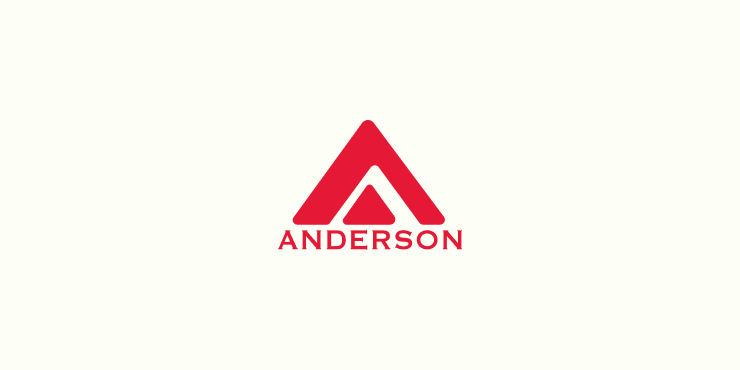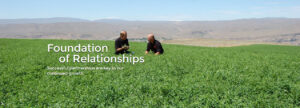Adequate Water Intake and Activity Level Are Key Factors to Reduce the Risk of Winter Colic in Horses

Colic in horses is brought about by anything that causes abdominal pain. Unfortunately, colic is a relatively common disorder in horses that can be life-threatening and is a condition that all horsemen dread. Many factors cause colic, but winter weather increases the risk of the malady. However, special attention to several important issues can help decrease episodes of colic.
Feed that becomes impacted in a horse’s colon is one of the most common causes of winter colic. Impactions most likely occur because the horse is not drinking enough water and is not getting enough exercise. The horse may be kept in a stall in the winter, or might not want to walk on slippery ground. When a horse is dehydrated and has low levels of activity, the movement of feed through the large intestine slows down. This allows a longer time for water in the digesta to be absorbed out of colon and into the body. As a result, the manure becomes too hard and dry to pass through the narrow bends of the colon. Gas builds up ahead of the impaction and intestinal contractions collide with the blockage, which causes abdominal pain or colic.
A horse requires about 10 gallons of water each day. Sometimes it is hard to keep a horse drinking in cold weather. Warm water is consumed most readily when temperatures plummet; however, most barns don’t have warm water. Keeping water ice-free is the next best management practice. Using a heated bucket or putting a heater in a stock tank will help to encourage water intake, provided the water is fresh and clean. If electricity is unavailable to run heaters, allow the horse to drink freely at least twice a day. Placing the water source near to where the horse is fed may also encourage water intake since it is most likely to drink shortly after eating. Adding something sweet, such as molasses or apple juice, to the water may also stimulate water consumption. Mixing an ounce of salt with grain or dissolving salt in water and spraying the solution on hay may also cause a horse to drink more water. Adding water to pellets, wheat bran, beet pulp, or sweet feed is another method to increase water intake.
Get the horse moving! Take the horse out of its stall and put it outside in a corral or pasture in all but the most inclement weather. Horses that are clipped need to wear a blanket, but a horse with a long winter coat should have enough insulation to be able to withstand cold temperatures.
Several other things you might consider to reduce the risk of colic include: 1) Assess the herd dynamics if several horses are kept together. Is there a dominant horse that is preventing a lower-ranked horse from accessing water? If so, consider moving horses to different locations to ensure that all have equal access to water. Or, put one or more alternative water sources in the corral or pasture to increase access; 2) Check your parasite control records. Has it been a while since your horse has been dewormed? High parasite loads are a common cause of colic in horses; and 3) Take a close look at your pasture. Are there any poisonous plants that you missed or that your horses ignored when grass was plentiful? Ingestion of noxious plants oftentimes results in colic and horses may eat poisonous plants when they are hungry. Take care to remove all noxious weeds and make sure that you are providing an adequate amount of hay each day.
No one likes to see their horse in pain. Colic may strike at any time and could be due to a multitude of reasons, but horse owners can reduce the risk of colic by ensuring that their horses drink enough water and get enough exercise.
To receive this blog from Anderson Hay directly in your email, subscribe above to the right.


